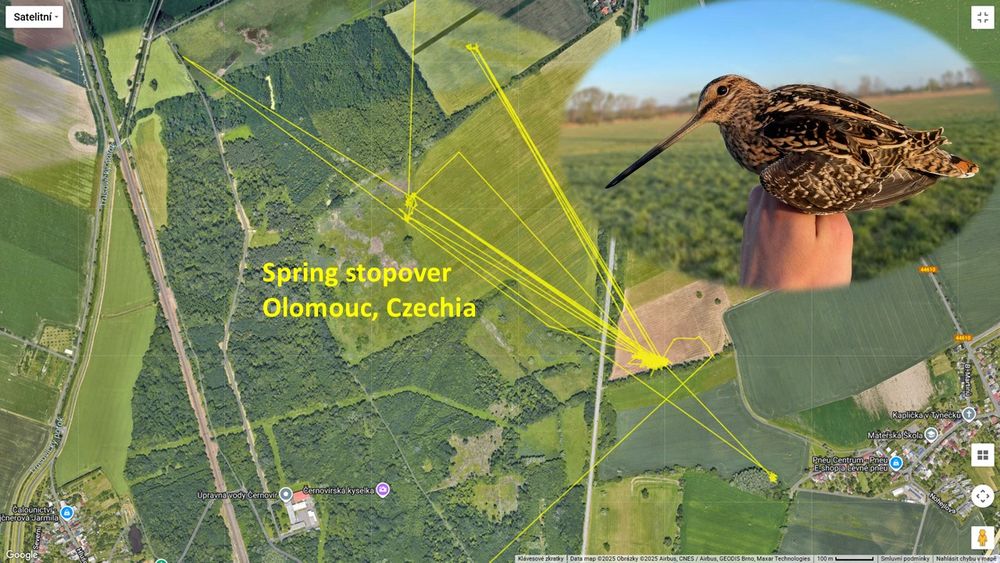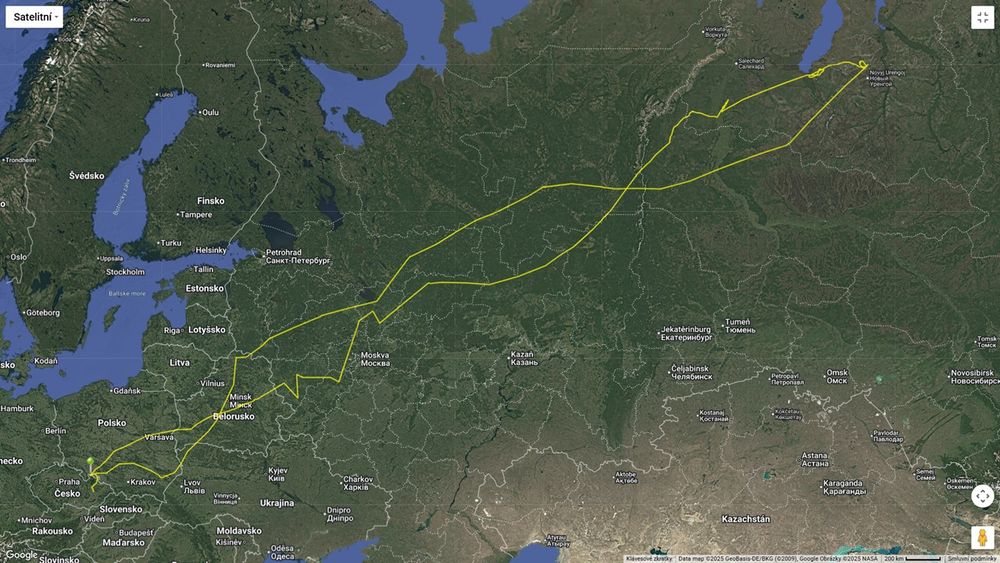Nicola Crockford
@numenini.bsky.social
480 followers
90 following
5.1K posts
RSPB Principal Policy Officer. BirdLife Global Flyways Programme policy lead. Privileged to work full time for the world's migratory birds. Love snorkelling. The views I express here are mine alone and do not necessarily reflect the views of the RSPB.
Posts
Media
Videos
Starter Packs
Reposted by Nicola Crockford
Reposted by Nicola Crockford
David Roberts
@volts.wtf
· 4h

Destabilization of Earth system tipping elements - Nature Geoscience
A review of observation-based evidence suggests that four interconnected Earth system tipping elements have moved towards their critical thresholds, highlighting the need for better monitoring and increased mitigation efforts.
www.nature.com
Reposted by Nicola Crockford
Reposted by Nicola Crockford
Reposted by Nicola Crockford
Reposted by Nicola Crockford
Reposted by Nicola Crockford
Reposted by Nicola Crockford
Reposted by Nicola Crockford
Reposted by Nicola Crockford
Reposted by Nicola Crockford
Reposted by Nicola Crockford
Reposted by Nicola Crockford
Reposted by Nicola Crockford
Reposted by Nicola Crockford
Reposted by Nicola Crockford













































